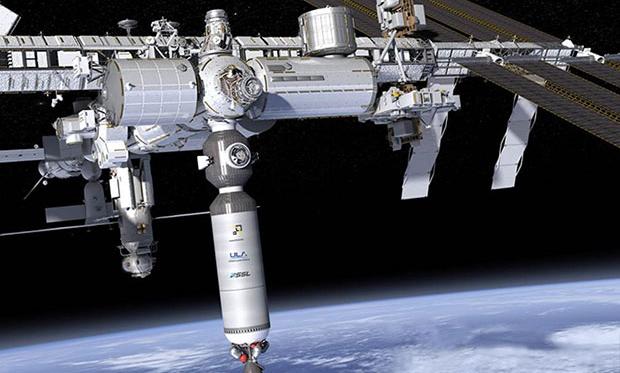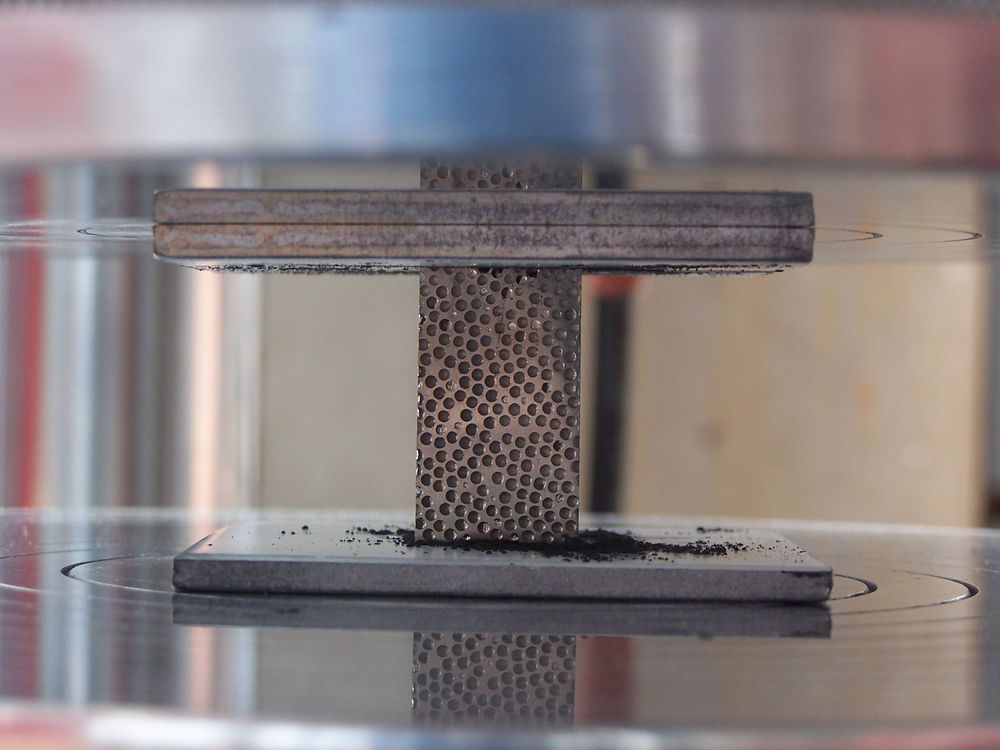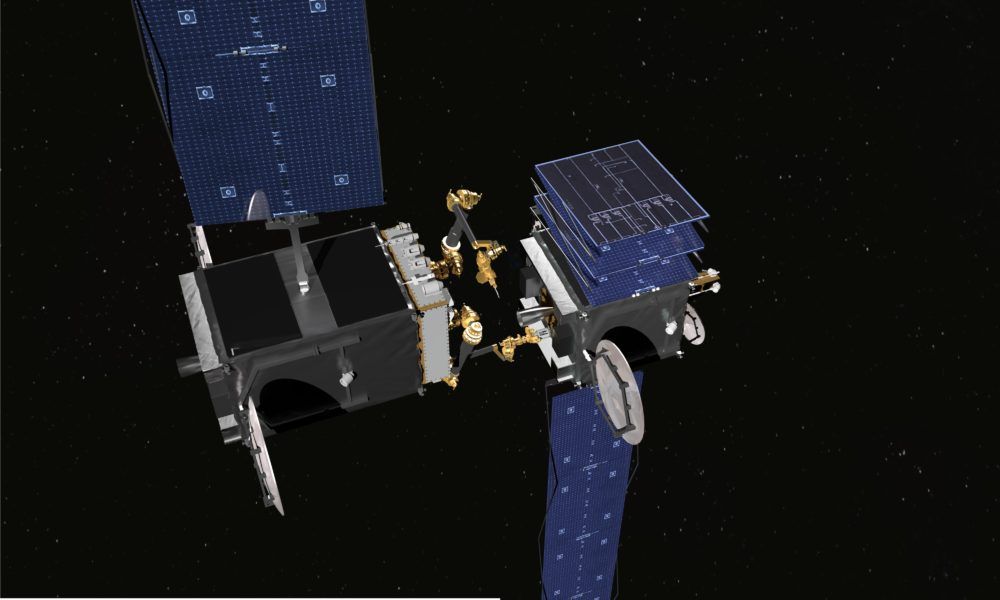
The first stage launches the rocket off of the pad and continues firing for about four minutes. Once the first stage is out of fuel, it separates, and if it’s a SpaceX Falcon 9, flies back home to be reused. If it’s anything else, including the Atlas V, the first stage crash lands in the ocean and sinks. Meanwhile, the second stage fires up its own engine (or engines) to boost the payload the rest of the way into orbit. On the Atlas V, the second stage is called Centaur. Once Centaur gets its payload where it needs to go, it separates, and then suicides down into Earth’s atmosphere.
Getting a payload into space is so expensive because you have to build up this huge and complicated rocket, with engines and guidance systems and fuel tanks and stuff, and then you basically use it for like 15 minutes and throw it all away. This is why SpaceX is trying so hard to recover the first stage of the Falcon 9. But what about the second stage? You’ve got a whole bunch of hardware that made it to orbit, and when getting stuff to orbit costs something like $2,500 per kilogram, you then tell it to go it burn itself up in the atmosphere, because otherwise it’s just useless space junk.
Read more


















